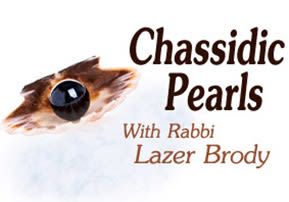
Devarim: The Secret of Chassidic Tales
Many people ask about the underlying rationale of "ma'asiot", the Chassidic stories in general and the famed thirteen tales...

"Tophel and Laban" (Devarim 1:1).
Many people ask about the underlying rationale of "ma'asiot", the Chassidic stories in general, and the famed thirteen tales of Rebbe Nachman of Breslov in particular. The answer, if I'm not mistaken, lies right here in the beginning of Parshat Devorim, with the mention of two seemingly innocent places, "Tophel and Laban".
The entire Chumash Devorim, or Book of Deuteronomy, is Moshe's (Moses') parting sermon to the entire people of Israel before he dies. Moshe wants to chastise Hashem's chosen people for their sins, yet desires to strengthen them constructively while not embarrassing or offending them.
The Midrash cites Rabbi Yochanan's comment, mentioned by Rashi, namely that "we have reviewed the entirety of Scripture, but we have not found any place with the name Tophel or Laban!" Our sages conclude that Moshe merely alluded to the nation's sins by using place names or other veiled references.
Rashi says that "Tophel" is an acronym for the Hebrew taphlu, meaning "they complained", and "Laban" is the Hebrew word for white, which signifies the manna, the pearly-white heaven-sent bread that Israel ate for forty years in the desert. As such, "Tophel and Laban" is Moses' veiled admonition that the Children of Israel complained about the manna, an act of gross ingratitude to Hashem.
Rebbe Nachman of Breslev explains the rationale behind the tzaddik's stories as such (Likutei Moharan I:164): If a sick person is given a medicine that's too powerful, he'll surely die. Thus, a tzaddik can't tell a person directly what to do in order to correct his or her ailing soul, because his advice could be too strong; the tzaddik must therefore veil the advice in a parable, and the person must reach his own conclusions. That way, the "medicine" is watered down somewhat and digestible.
Moshe relied on the above method described by Rebbe Nachman. Had he not, the people of Israel couldn't have accepted his admonishment. A direct scolding from the mouth of Moses would have been like a direct 1000 volt current running through a 60 Watt light bulb – the listener couldn't handle such direct power!
The Chassidic masters – with Rebbe Nachman in the forefront – have relied on ma'asiot to convey a message to their listeners for over 250 years. The following parable shows just how effective veiled admonition is:
The mischievous urchins of the Tulchiner cheder wanted to play a prank on their rebbe during recess. Their ringleader took a wad of well-chewed chewing gum – made out of beef sinews in those days – and put it on their rebbe's seat. Before the rebbe returned to the cheder, they ran to their seats like little cherubs, with arms folded attentively and their texts opened to the right page.
The rebbe entered the room; things looked suspicious, too good to be true. Nevertheless, the rebbe sat in his seat and opened his Mishna, then – squiiiiiiish!!! The class erupted in a chorus of giggles, while the rebbe's face turned a bright red. He was stuck to his seat. The chewed beef sinews had the adhesive effect of concrete. As he tried to free himself, his trousers ripped in a loud rrrrrrrrrriiipp! The eight and nine-year-olds rolled on the floor in glee.
The rebbe maintained his composure and took a deep breath. "Who put that gum on my seat?" he demanded. "Let the guilty lad come forth, confess, and make amends!"
No one budged. A pin dropping on the cheder floor would have made a major noise in relation to the boys' frozen silence.
"I'll ask once more," hissed the rebbe. "Who put that gum on my seat?"
No one moved a muscle.
"So be it," said the rebbe. "Let me tell you about the type of lad that's capable of disparaging his rebbe in such a way. He comes from a common family. His father is most certainly a drunkard and an ignoramus who has never opened a Gemorra in his life. His mother keeps a filthy house, for only a filthy mother can raise such a child with filthy habits. Who else would put chewing gum on a rebbe's chair? You can safely assume that such a lad's sisters are uneducated and immodest, and no one will take them for wives other than criminals and drunkards. As for the family's pedigree, who knows what riff raff they are descended from…"
Suddenly, a voice called out from the back of the room: "Hey Shloimey! Are you going to let the rebbe talk about your family like that? I wouldn't stand for it!"
Needless to say, the rebbe's veiled admonition succeeded perfectly in exposing the criminal. In like manner, the ma'asiot of the tzaddikim expose the criminal within us – the evil inclination – and help us chase him from our midst. May Hashem help us always to resist the Yetzer Hora's sinister temptations and to act righteously, amen.


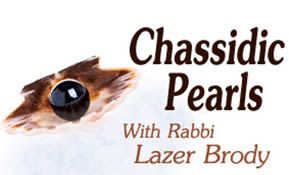
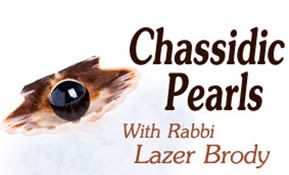
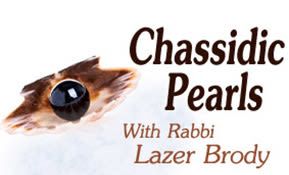
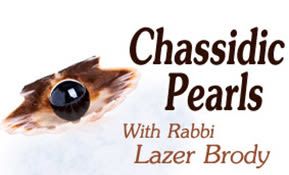
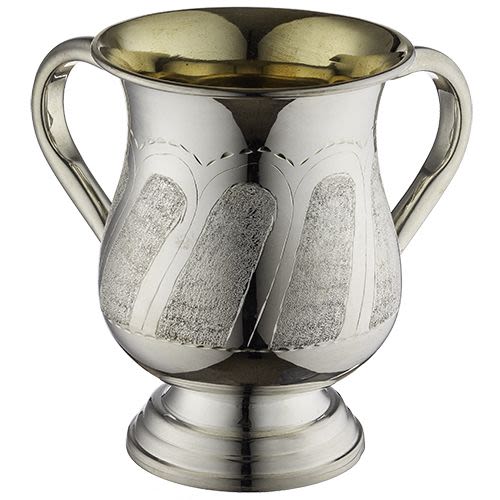

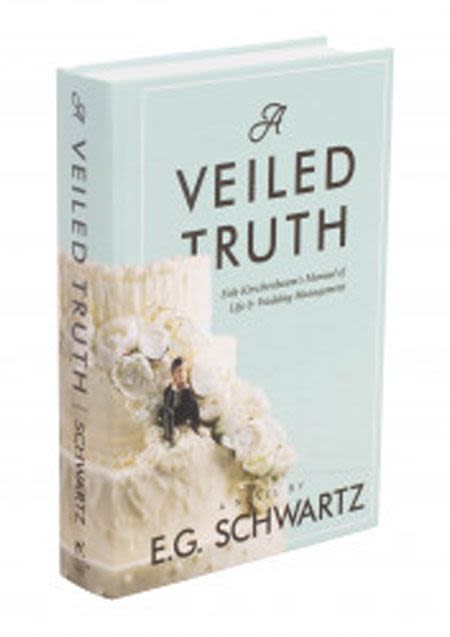
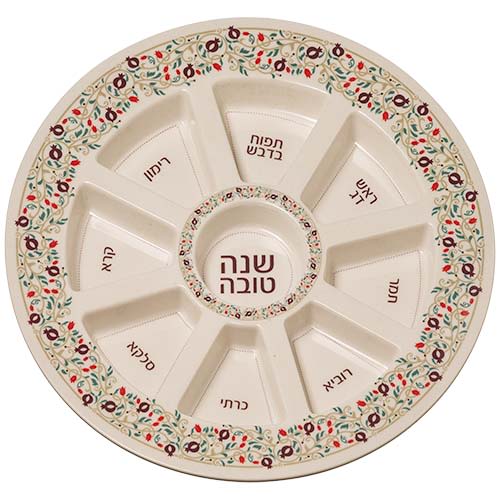

Tell us what you think!
Thank you for your comment!
It will be published after approval by the Editor.